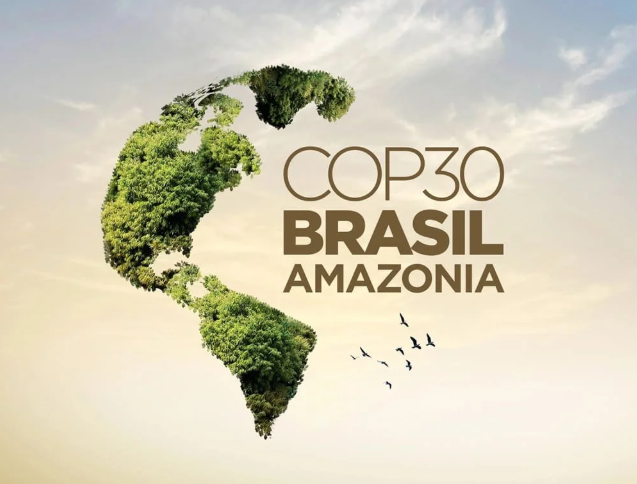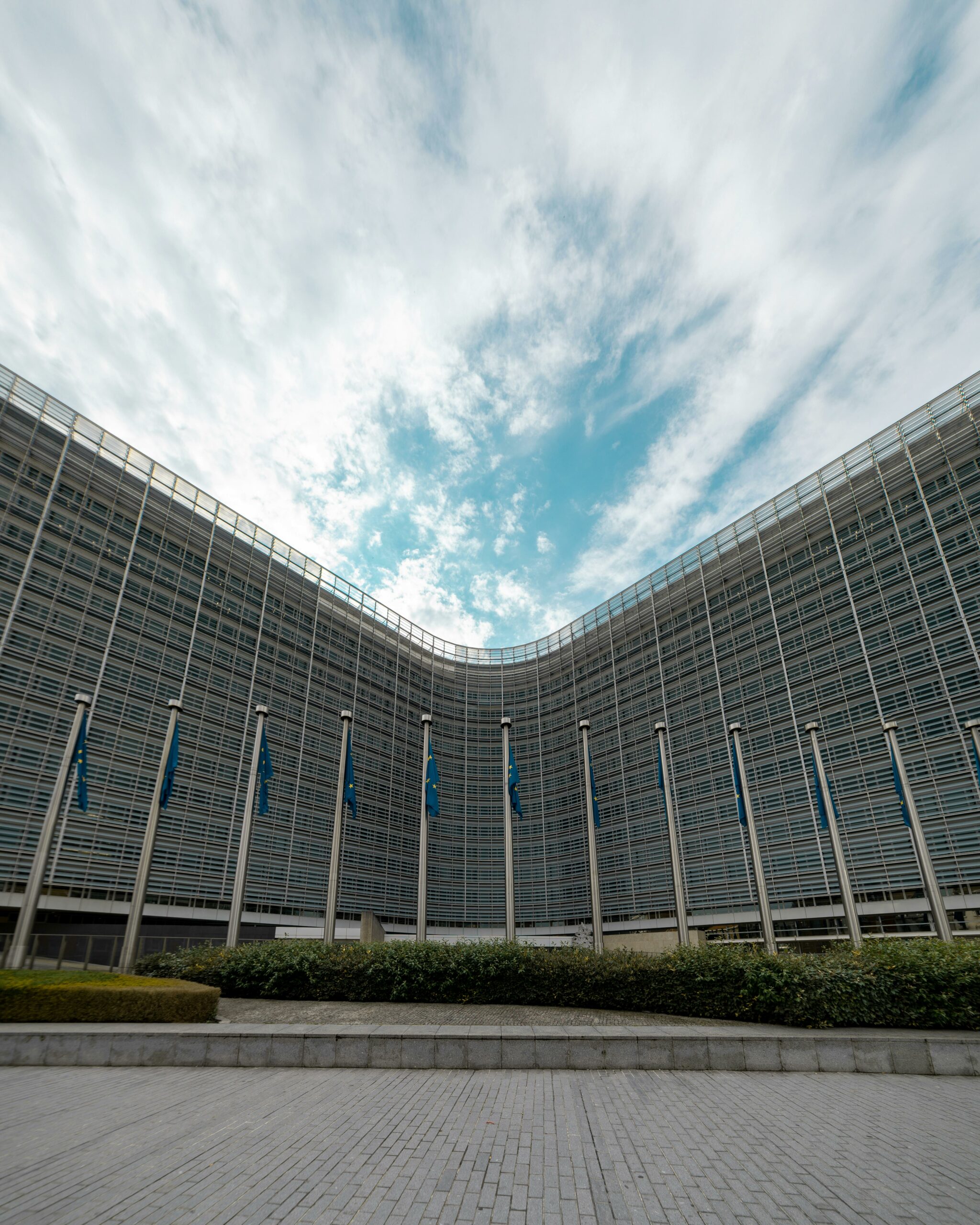As we approach COP30 in Belém, Brazil, the international community marks a sobering milestone for climate action: 10 years since the adoption of the Paris Agreement. What was once hailed as a watershed moment in global climate diplomacy now faces an uncomfortable reckoning. The targets set in 2015 feel increasingly distant as the world hurtles toward a 2.7°C warming trajectory, a 7th planetary boundary has just been crossed, national budgets for climate action shrink, and the geopolitical will to raise ambition seems to evaporate everywhere except, surprisingly, in China.
Yet amid this discouraging landscape, a different narrative is emerging—one that suggests the real climate action may no longer happen in the rarefied air of international summits, but in the messy, urgent, and increasingly unavoidable work happening in cities, regions, and communities worldwide. As extreme weather events intensify with alarming regularity, local actors are discovering what global leaders seem reluctant to admit: adaptation and resilience aren’t optional anymore. They’re survival.
The Disappointing State of Global Climate Ambition
The numbers tell a stark story. Current policies set the world on a path toward 2.7°C of warming, a catastrophic scenario that would render large parts of the planet uninhabitable and trigger cascading ecological and social collapse. This reality stands in sharp contrast to the Paris Agreement’s aspirational goal of limiting warming to 1.5°C above pre-industrial levels, and comes from several worrying trends observed in recent years:
Budget Cuts
While UN’s highest judicial body established that nations have binding legal obligations to protect the climate system, and preparation for COP30 in underway, budget cuts for climate action are becoming the norm rather than the exception all over the world:
- Mexico 2026 budget reveals significant cuts to key green programs, while simultaneously boosting fossil fuels resources,
- Trump’s climate-skeptic mandate weakened US climate action, leading to cuts in funding for climate research and green energy, with a simultaneous surge for investment in fossil fuels,
- Many European countries began scaling back their commitments to climate aid, coinciding with shifts in governance and a growing influence of far-right political actors.
The irony is painful: as the climate crisis intensifies, financial commitments are moving in the opposite direction of what science demands.
A Worrying Political Landscape
The political landscape also offers little reassurance. Political priorities are shifting. While UK Prime Minister Keir Starmer reportedly has no plans to attend COP30, the United States under President Trump has become actively hostile to climate action, with the administration dismissing climate change as a “con job” and systematically rolling back environmental protections. Trump’s rejection of climate change has been called “economic self-sabotage” and “an abomination” by California Governor Gavin Newsom, highlighting the deep fractures within even individual nations.
Against this backdrop of retreating ambition, China’s recent announcements stand out—though not necessarily for the right reasons. China has pledged to cut economy-wide net greenhouse gas emissions by 7-10% below peak levels by 2035, marking the country’s first absolute emissions reduction target. While this represents a shift in approach, experts have called the target “conservative,” and “much too weak to stave off global catastrophe”. Even this modest step forward from the world’s largest emitter underscores how far we remain from the transformative action required.
The COP Process: Global Recognition but Limited Progress
What Has Been Achieved
Despite failures of ambition and implementation, we must acknowledge what the COP process has achieved: universal recognition that climate change represents an existential threat to human civilization. The scientific consensus is overwhelming, and unlike two decades ago, few serious actors dispute the reality or severity of the crisis.
- At the recent UN climate summit, 120 countries and the EU announced emissions reduction targets, with UN Secretary-General António Guterres declaring that “the science demands action, the law commands it, the economics compel it, and people are calling for it“. This broad participation demonstrates that climate change remains firmly on the international agenda, even if the commitments fall short of what’s needed.
- The COP process has also established crucial frameworks for international cooperation, carbon markets, climate finance, and technology transfer. It has created accountability mechanisms, however imperfect, and provided platforms for civil society, indigenous peoples, and vulnerable nations to voice their concerns. The very existence of nationally determined contributions (NDCs) represents a significant evolution in how nations report and track their climate commitments.
An Uncomfortable Question Remains: Is this Enough?
Devastating floods, relentless heatwaves, and crippling droughts are no longer rare disasters—they are becoming the defining features of our time. In 2025 alone, Europe faced extreme fire weather conditions in Spain, Portugal, and beyond, wildfires raged, the United States endured a summer of flash floods, Asia’s monsoon season brought unprecedented downpours. These are not isolated incidents but part of a growing pattern, with mounting human and economic costs. Thus, the gap between diplomatic processes and lived reality of populations grows even wider. When communities are underwater, when crops fail, when heat waves kill thousands—the incremental progress of international negotiations feels increasingly disconnected from the immediate crisis at hand.
COP30: What’s on the Agenda
As hopes rise that COP30 will become a landmark climate summit, several critical themes are set to dominate this year’s discussions in Brazil and drive more climate action. The presidency’s fourth letter outlined the Action Agenda organized around 6 strategic pillars:
- Energy, industry, and transport;
- Forests, oceans, and biodiversity;
- Agriculture and food systems;
- Urban and water resilience;
- Human and social development;
- Finance, technology, and capacity building.
At the heart of the negotiations lies the renewal of nationally determined contributions (NDCs). Updated every 5 years and designed to align with the 1.5°C target, these commitments represent the most urgent task facing governments. Yet with 95% of countries missing the February 2025 deadline, COP30 will need to push leaders not only to announce new targets but also to provide credible implementation plans for climate action.
Forests will be another centerpiece of the summit, with COP30 already being framed as an “Amazon COP.” Brazil has emphasized its intention to call for large-scale investment in tropical forests— being irreplaceable carbon sinks and critical assets for climate mitigation.
Throughout these debates will also be a strong demand for more climate justice, including reliable climate finance for developing countries and the incorporation of equity principles into global climate negotiations.
Local Action: Where Real Resilience Takes Root
Perhaps the most significant development in climate action isn’t happening in conference halls at all. Across the globe, cities, regions, and local communities are taking matters into their own hands, driven by immediate necessity. When your infrastructure fails, when your agricultural systems collapse, when your citizens die from heat exposure, you don’t wait for the next COP to develop solutions.
- California’s continued commitment to climate action despite federal hostility demonstrates how subnational actors can lead when national governments fail. The America Is All In coalition of states and cities has issued joint statements maintaining climate commitments and criticizing federal retreat from climate policy.
- Cities worldwide are investing in resilient infrastructure, not because international treaties require it, but because the alternative is system failure. Urban heat island mitigation, flood-resistant design, water conservation systems, distributed energy grids, and green infrastructure aren’t aspirational anymore, they’re essential. The concept of “sponge cities” in China, designed to absorb and manage extreme rainfall, represents the kind of practical adaptation that communities cannot afford to postpone.
Local action often moves faster than international processes. While nations debate targets for 2035 or 2050, cities can implement bike-sharing programs, install solar panels on public buildings, update building codes for climate resilience, and create urban forests within years or even months. This agility matters when the climate doesn’t wait for diplomatic consensus. Furthermore, local action can create powerful feedback loop. As communities invest in resilience and witness tangible benefits—cooler urban environments, reduced flood damage, more reliable energy systems—political support for climate action strengthens. The economic logic is becoming irresistible. When solar installation, building retrofitting, and green infrastructure create good jobs in your community, climate action stops being a partisan issue and becomes an economic imperative.
Conclusion
As COP30 convenes in Belém and the Paris Agreement reaches its tenth anniversary, we must honestly assess where global climate action stands. The global diplomatic process has succeeded in establishing universal recognition of the climate threat and creating frameworks for cooperation, but it has manifestly failed to generate the speed and scale of action that science demands. Yet this disappointing reality at the global level masks a more hopeful development: the proliferation of local climate action driven by immediate necessity. As extreme weather events multiply and intensify, communities worldwide are discovering that resilience isn’t optional—it’s survival. This bottom-up transformation may ultimately prove more consequential than top-down agreements, precisely because it’s rooted in tangible needs and delivers measurable benefits. The question for the next decade isn’t whether the COP process remains relevant—it’s whether we can create better synergies between international frameworks and local action.
Partner with Ksapa for Your Climate Resilience Journey
The transition to climate resilience demands expertise, strategic thinking, and practical implementation capabilities. Whether you’re a corporation seeking to align operations with climate realities, a government developing adaptation strategies, or an organization navigating the complex landscape of climate action, the challenges are formidable—but so are the opportunities.
Ksapa team brings deep expertise in sustainability strategy, climate risk assessment, resilience planning, and stakeholder engagement. We understand that effective climate action must be tailored to specific contexts, aligned with business objectives, and grounded in scientific evidence.
We can help you:
- Assess your climate vulnerabilities and develop comprehensive adaptation strategies,
- Navigate the evolving regulatory and policy landscape,
- Identify opportunities in the clean energy transition,
- Build stakeholder engagement and support for climate initiatives,
- Measure, report, and communicate your climate impact,
- Integrate resilience thinking across your organization.
Don’t wait for the next COP to begin your climate resilience journey. Contact Ksapa today to explore how we can help your organization thrive in a changing climate.









